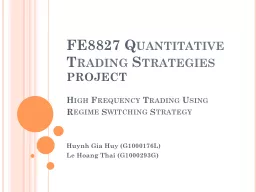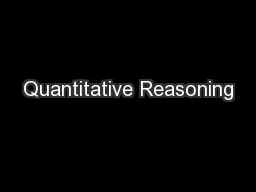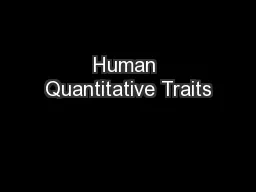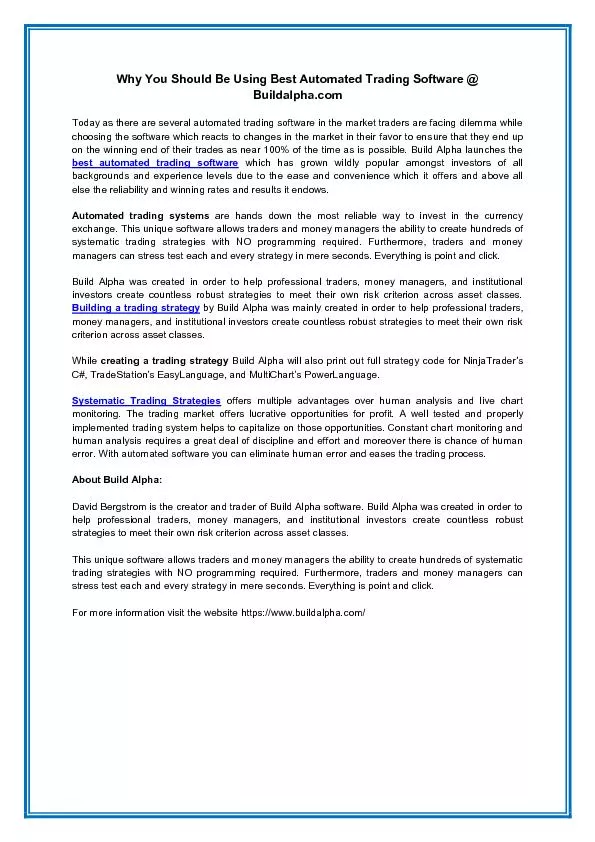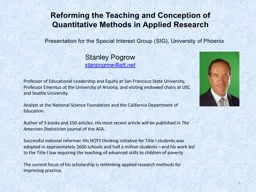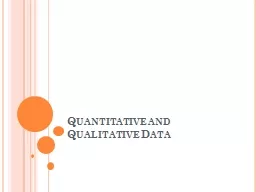PPT-FE8827 Quantitative Trading Strategies project
Author : test | Published Date : 2016-06-30
High Frequency Trading Using Regime Switching Strategy Huynh Gia Huy G1000176L Le Hoang Thai G1000293G Reference Developing HighFrequency Equities Trading Models
Presentation Embed Code
Download Presentation
Download Presentation The PPT/PDF document "FE8827 Quantitative Trading Strategies p..." is the property of its rightful owner. Permission is granted to download and print the materials on this website for personal, non-commercial use only, and to display it on your personal computer provided you do not modify the materials and that you retain all copyright notices contained in the materials. By downloading content from our website, you accept the terms of this agreement.
FE8827 Quantitative Trading Strategies project: Transcript
Download Rules Of Document
"FE8827 Quantitative Trading Strategies project"The content belongs to its owner. You may download and print it for personal use, without modification, and keep all copyright notices. By downloading, you agree to these terms.
Related Documents

